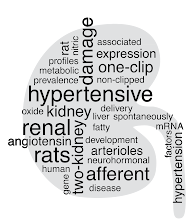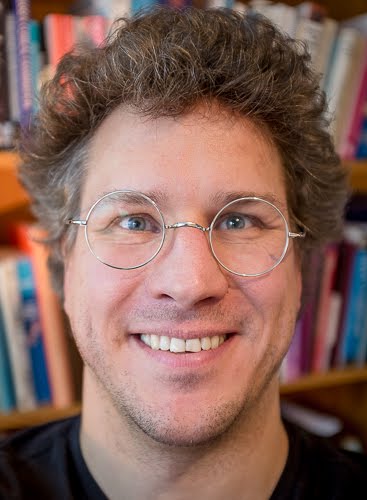There is massive data that shows that reducing the pressure under 140/90 mmHg is the first priority. Use what ever means necessary, just get the pressure down. Then there is data to show that renin-angiotensin-system-blockers may have some additional benefit. In type 1 diabetes this is indisputable. Type 1 diabetic patients should have an ACE-inhibitor or an ARB as soon as they show microalbuminuria, no matter what their pressure is. Unless you have a specific need for a beta-blocker you should start with a RAS-inihibitor and a calcium blocker.
The afternoon focused on target organ damage and associated diseases, such as diabetes, stroke and old age. To protect the heart and kidneys, ACE-inhibitors or ARBs are the best choices. To protect against renal failure and stroke it is quite clear that lower pressure is better down to 120/70, at least. For the heart, the nadir may be around 130/80, considering that the coronary arteries are perfused in diastole, this is not surprising. After stroke, certainly ischemic and maybe hemorrhagic, the pressure should not be treated the first couple of days, with the possible exception of systolic pressures above 220mmHg.
The afternoon focused on target organ damage and associated diseases, such as diabetes, stroke and old age. To protect the heart and kidneys, ACE-inhibitors or ARBs are the best choices. To protect against renal failure and stroke it is quite clear that lower pressure is better down to 120/70, at least. For the heart, the nadir may be around 130/80, considering that the coronary arteries are perfused in diastole, this is not surprising. After stroke, certainly ischemic and maybe hemorrhagic, the pressure should not be treated the first couple of days, with the possible exception of systolic pressures above 220mmHg.
In the elderly, pulse pressure is a much stronger predictor of mortality than systolic pressure or diastolic pressure, so that 160/110 mmHg is actually better than 160/60 mmHg. Much better.
Hypertension is therapy resistant when treated with three antihypertensives at the maximal doses, including a thiazide-diuretic. It may then be time for renal nerve ablation, or to ask the patient if they eat a lot of salt. Another under-appreciated reason for uncontrolled blood pressure is doctor's-, or even investigator's-inertia. That is, the patient has an uncontrolled blood pressure, does not have the maximal dose, have not experienced any adverse events, and still the dosage isn't increased by the doctor.


